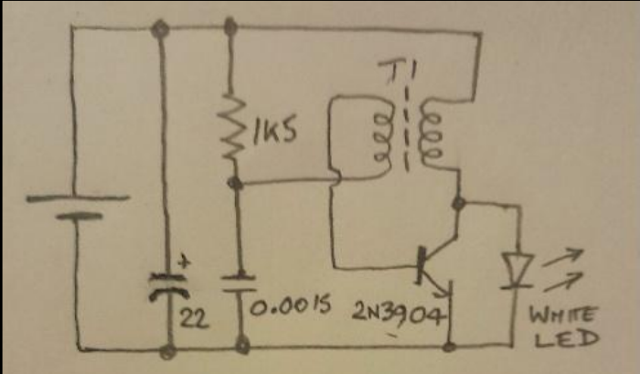Radio Theory and design
Monday, November 3, 2025
Sunday, October 19, 2025
RF Amp and antenna input circuit
Thursday, October 16, 2025
Sunday, October 12, 2025
Wednesday, December 11, 2024
Bandspread vs range continued from previous post
Monday, December 9, 2024
Setting the bandset for a LC tuning circuit.
Thursday, February 23, 2023
Charging and discharging a coil to power a joule thief.
Notice the time delay when power is switched on.
The CEMF in the coil delays the current buildup.
The current continues to build as long as power is applied.
When the input falls the current decays just as it increased when it was applied.
The voltage (green) reverses polarity.
The current (red falls just as it rose in the same polarity.
What you need to see here is the EMF produces current which produces CEMF opposes the current. There is a time delay as current builds and as current falls.
The inductor opposes change in current. This delay in rise and storage then delays the decay as it releases the energy back into the circuit.
How does the voltage reverse in the green waveform? The current is unidirectional and the polarity is determined by seeing the coil as a source or sink.
(sinking)
As it is drawing power from the power source the bottom terminal is negative and the top terminal is positive.
(sourcing)
As it returns energy to the circuit the top terminal is negative and the bottom is positive.
With this in mind look at the joule thief.
If the 2N3904 is switched on the coil is directly across the battery. The top is positive and the bottom is negative.
As the field builds in the coil it couples to the base coil and turns the 2N3904 off.
As the field collapses the current is maintained with the top of the coil negative and the bottom positive.
As you can see the diode "sees" the battery voltage and the coil voltage in series and the voltage is the sum off the two.
This is how can a "dead" cell powers a LED that requires between 2 and 3 volts.
As we know there is no such thing as a free energy (outside nuke). What we have here is energy conversion. The low voltage is stepped up as the current is maintained for a short period of time.
Power is a function of time. We dissipate 1mw of power in 1 millisecond or 1 microsecond. To produce the power the short pulse would be higher voltage or current.
A tip of the hat to the ladies and thanks for the project idea. I can see a couple of joule thiefs in making.


























